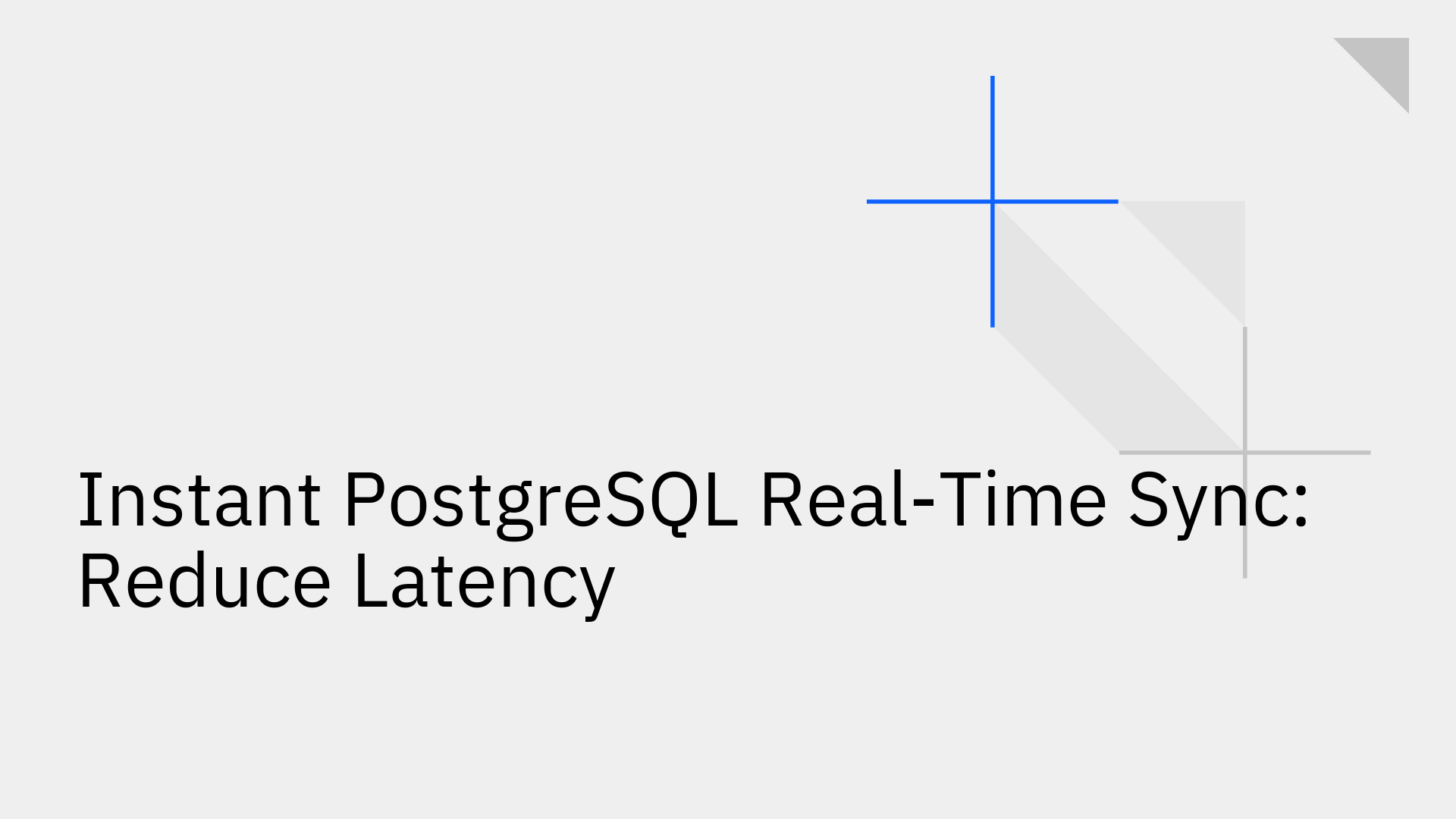
In today's business environment, access to up-to-the-minute information is not a luxury it's a core requirement for everything from operational analytics to customer-facing applications. The challenge is that traditional data processing, such as nightly batch jobs, creates significant data latency. This approach results in data silos and outdated information, hindering effective real-time decision-making.
The solution is instant, real-time data synchronization. For organizations using powerful databases like PostgreSQL, this means ensuring every change is replicated across all systems the moment it happens. This eliminates delays and empowers teams with live, actionable data. Platforms like Stacksync are purpose-built to achieve this, making complex synchronization simple and reliable.
PostgreSQL real-time data synchronization is the process of capturing and replicating data changes—inserts, updates, and deletes—from a Postgres database to one or more destination systems in milliseconds. The primary goal is to maintain absolute data consistency across different applications, databases, and analytics platforms with no perceptible delay.
The core technology that enables this is Change Data Capture (CDC). Instead of periodically querying the database to ask if anything has changed, CDC tracks changes at the source as they occur [6]. This modern approach is far more efficient and reliable than outdated methods that depend on bulk data transfers, which are often slow and place a heavy load on production systems.
Traditional data synchronization methods, like nightly batch processes or scheduled cron jobs, are no longer sufficient in a real-time world. These approaches suffer from several critical flaws:
PostgreSQL's native logical replication is a highly efficient feature that streams changes directly from the Write-Ahead Log (WAL). The WAL records every database change before it is written to disk, ensuring data durability. By tapping into this log, logical replication captures changes with very low overhead, preserving database performance [3]. This method is now the standard for a wide range of use cases, including populating real-time analytics dashboards, maintaining cache consistency, and ensuring data integrity across microservices [8].
Another method involves using custom database triggers to capture DML events (INSERT, UPDATE, DELETE) on specific tables. These triggers write change events to a separate changelog table, which another process then reads to propagate the changes. However, this approach has notable drawbacks. Triggers add performance overhead to every transaction and become increasingly difficult to maintain at scale, often becoming a source of complex bugs [7].
The most efficient and reliable approach is to use a managed service that handles the complexities of real-time synchronization. Platforms like Stacksync abstract away the underlying infrastructure, offering a simple, no-code interface to set up and manage robust data pipelines. This delivers key benefits, including rapid setup, effortless scalability, built-in error handling, and support for bidirectional synchronization.
Stacksync is the definitive solution for instant postgresql real time data synchronization. Our platform is engineered to deliver speed, reliability, and scale without the traditional engineering overhead. We leverage PostgreSQL's native logical replication to capture every database change with minimal impact, ensuring your production systems continue to operate at peak performance. This approach stands in stark contrast to the high costs and complexity of other solutions, as we've detailed in our Postgres CDC showdown.
This architecture allows Stacksync to sync data in milliseconds, enabling mission-critical use cases that depend on live data. We also offer true two-way sync, a powerful feature that allows changes in destination systems—like an updated customer record in a CRM—to be reflected back in PostgreSQL instantly. This ensures you maintain a single, unified source of truth across your entire tech stack. To learn more, explore our PostgreSQL two-way sync integration. With features designed for reliability at scale, such as smart API rate limit management, an issue resolution dashboard, and managed infrastructure that can handle millions of records, Stacksync ensures your data flows are always accurate and in real time.
Getting started with Stacksync is straightforward and requires no custom code. Here’s a high-level guide:
wal_level = logical in the configuration file. For detailed instructions, refer to our Postgres connector documentation.Real-time data synchronization is no longer a luxury but a necessity, and native CDC is the most effective way to achieve it with PostgreSQL. Stacksync removes the engineering complexity, providing a fast, reliable, and scalable platform for instant data sync. You get all the power of real-time data without the maintenance headaches.
Ready to see how it works? Book a demo to experience real-time PostgreSQL sync firsthand.